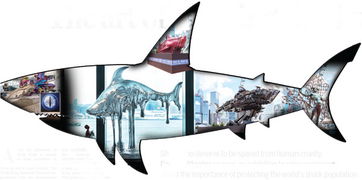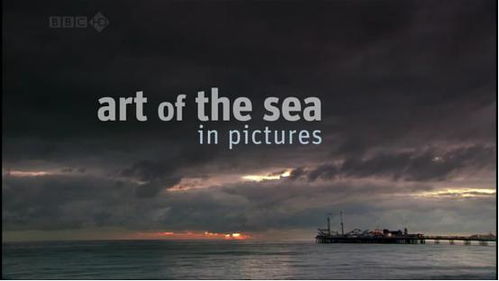Raft fishing, a popular and exhilarating method of angling, offers anglers the unique opportunity to fish from the comfort of a floating platform. Whether you're a seasoned fisherman or a beginner looking to explore the vast sea, mastering the art of raft fishing can elevate your seaside fishing experience. In this article, we will delve into the essential raft fishing techniques and provide you with practical advice on how to catch fish by the seashore.
Understanding Raft Fishing
Raft fishing involves using a raft as a base from which to fish. These rafts can range from simple, homemade floats to sophisticated, motorized platforms. The key to successful raft fishing lies in understanding the dynamics of the sea and adapting your techniques accordingly.
Choosing the Right Raft
The first step in raft fishing is selecting the right raft. Here are some factors to consider:

Size and Stability: Ensure that your raft is large enough to accommodate you and your gear comfortably. It should also be stable enough to prevent capsizing in rough seas.
Material: Rafts can be made from various materials, including wood, plastic, or metal. Choose a material that is durable and resistant to the elements.
Safety Features: Look for rafts with safety features such as life jackets, buoys, and secure anchor points.
Setting Up Your Raft
Once you have your raft, it's time to set it up for fishing:
Positioning: Place your raft in an area with good fishing potential, such as near a rocky outcrop, a sandbar, or a kelp bed.
Anchor: Secure your raft using anchors or ropes. This will prevent it from drifting away in the current.
Gear: Organize your fishing gear within easy reach. This includes rods, reels, bait, and tackle boxes.
Essential Raft Fishing Techniques
Now that your raft is set up, here are some essential techniques to help you catch fish by the seashore:
Bait Selection: Choose bait that is native to the area you are fishing. Common choices include fish, shrimp, or artificial lures that mimic these natural baits.
Rod Placement: Position your rods in a way that allows you to cast and retrieve easily. Some anglers prefer to have their rods spread out to cover more area, while others prefer a more concentrated approach.
Technique: There are various techniques you can use, such as casting, trolling, or bottom fishing. Casting involves casting your line out and retrieving it, while trolling involves moving your raft and bait through the water. Bottom fishing involves letting your bait sink to the bottom and waiting for a bite.
Timing: Fish are more active at certain times of the day. Early morning and late evening are often the best times for catching fish.
Weather Conditions: Pay attention to weather conditions. Fish are less active in rough seas, and certain weather patterns may drive fish to certain areas.
Safety Precautions
Safety should always be a top priority when raft fishing. Here are some safety precautions to consider:
Weather Watch: Keep an eye on the weather forecast and be prepared to head back to shore if conditions become unsafe.
First Aid Kit: Carry a first aid kit with you in case of an injury.
Communication: Ensure that someone knows where you are fishing and when you expect to return.
Rescue Plan: Have a plan in place in case you encounter trouble on the water.
Conclusion
Raft fishing is a rewarding and enjoyable way to fish by the seashore. By understanding the basics of raft fishing, choosing the right equipment, and mastering the essential techniques, you can increase your chances of catching fish. Always prioritize safety and respect the natural environment to ensure a memorable and sustainable fishing experience. Happy fishing!












